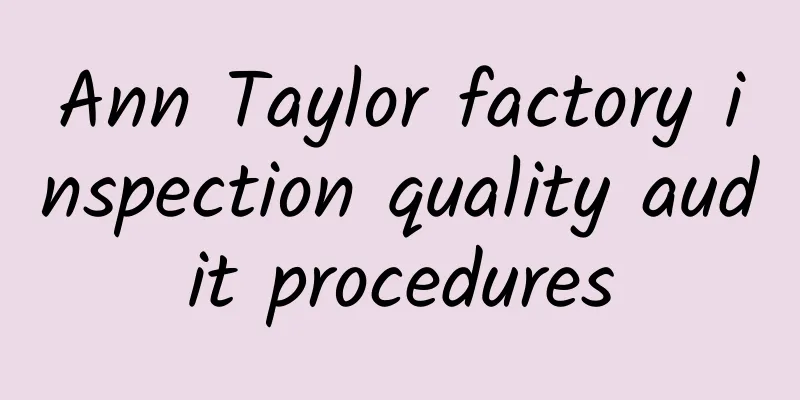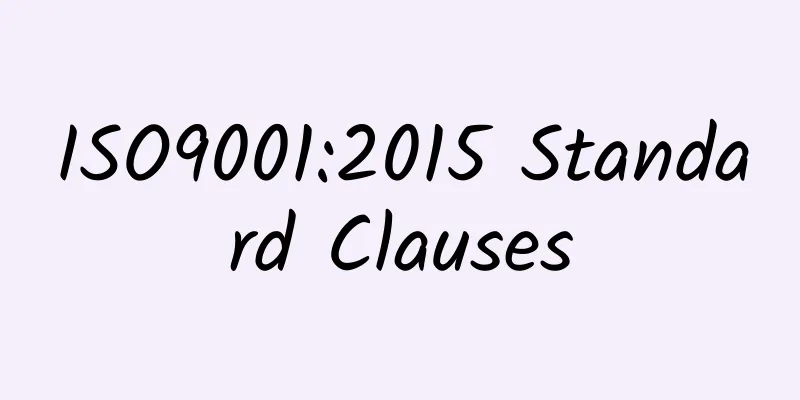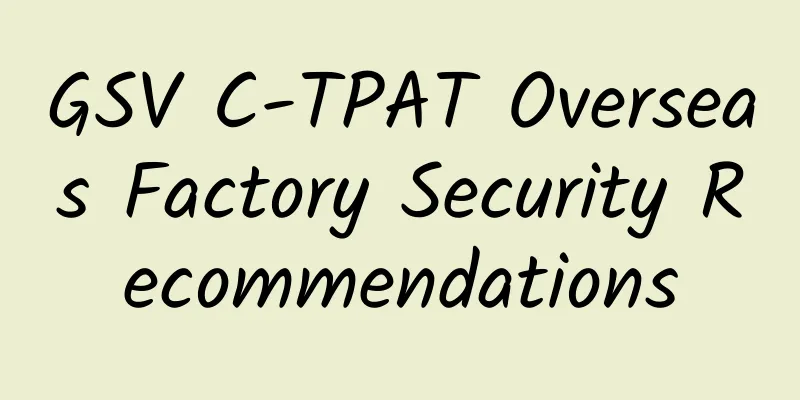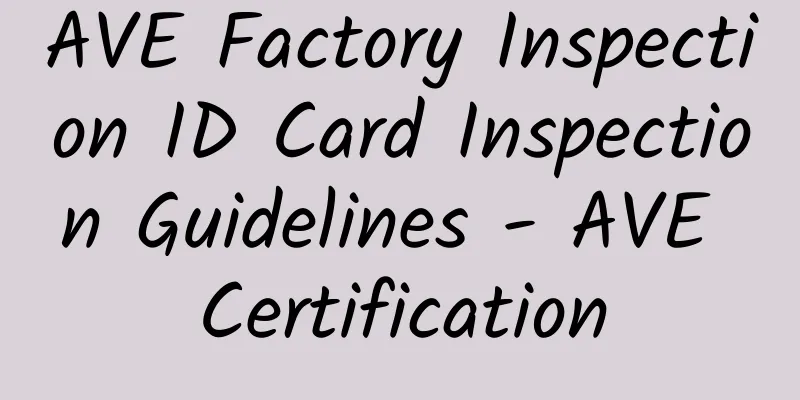The suitability and adequacy of the establishment of critical control points for HACCP certification
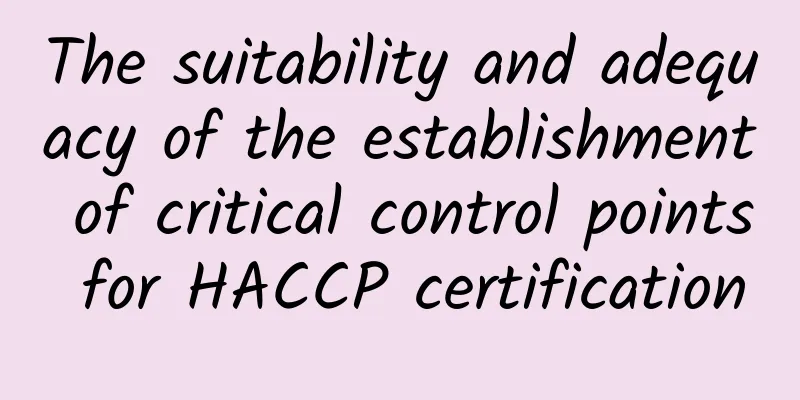
|
What is a critical control point (hereinafter referred to as CCP ) ? It can be understood from two levels: first, this point in a food production process must be able to play a control role, and the control object includes biological, chemical or physical hazards; second, it is understood that the loss of control at this point will lead to unacceptable health risks , or it is understood that a significant hazard can only be controlled at one point and cannot be controlled later. Such a point, link, step or process is a critical control point. -China Factory Inspection Network Determining critical control points is the core of the seven principles of HACCP certification . If too many CCPs are determined , unnecessary workload will be added. If too few CCPs are determined , all links that affect food safety will not be fully identified . Therefore , when food processing companies establish a HACCP certification system , they should adopt scientific methods and reasonably determine CCPs in the early planning stage. - China Factory Inspection Network At present, with the increase in the number of HACCP certification system audits, we have found that food processing companies have some misunderstandings in the formulation of CCPs , resulting in insufficient suitability and adequacy of key control points. The following is a discussion with you based on the case. -China Factory Inspection Network Case 1 Company A is a candy manufacturer . It established and implemented the ISO9000 system in 2000. At present , the company has planned a HACCP certification system and applied for certification . During the first phase of the on-site audit , the auditors found that pigments and other compounds needed to be added during the on-site production process . According to the information: improper use of artificial synthetic pigments can cause health hazards to the human body, such as teratogenicity and mutation. Taking into account the inability of post-processing to control these chemical residues and the relevant laws and regulations such as China's food additive hygiene standards , the auditors determined that the process called by the Ingredients Department was a critical control point. After checking the factory's HACCP certification plan, it was found that this process was not identified as a critical control point. The factory's HACCP certification team explained that we have already identified it as a critical process in the ISO9000 certification system, so it was not identified as a critical control point. The auditor referred to the company's ISO9000 system procedure documents and found that the requirements for this process are to check the correctness of the use of material varieties and the accuracy of weighing. It lacks the HACCP certification system's requirements for establishing critical limits for the pigment addition point (based on the different standards of China and the importing countries), determining the monitoring procedures for the critical control points, and corrective measures for deviations from the critical control points. It can be seen that the ISO9000 system and the HACCP certification system emphasize different key points and control depths for the same process. The auditor believes that the current control of this point only with the ISO9000 certification procedure is insufficient and not strict enough. The auditor recommends that the company include this process in the critical control point of the HACCP certification plan and integrate it into the original ISO9000 certification system. -China Factory Inspection Network Audit experience : Freeze the material -> Cool the water trap -> Feed the material into the drying oven -> Vacuum -> Electric heating -> Discharge -> Vacuum packaging -> Metal detection -> Packing -> Storage The HACCP certification plan for freeze-dried broccoli in the factory takes electric heating as the critical control point and sets the temperature Audit experience: It is necessary to fully consider the corresponding relationship between the elimination or reduction of hazards at critical control points and determine the CCP XCk China Factory Inspection Network Case 3 - China Factory Inspection Network - China Factory Inspection Network Company C is a sweetened condensed milk manufacturer. All equipment used are cleaned and disinfected by pipeline cleaning in place ( CIP ) from the time of raw material input to the aseptic filling and sealing process. The auditor checked the sweetened condensed milk HACCP certification plan of the factory and found that CIP was not included as a critical control point in the HACCP certification plan. The staff of the factory's HACCP certification team said: When we were training HACCP certification knowledge, the teacher said that too many CCP points would lose the focus . The auditor believes that if unnecessary points are identified as critical control points, it will indeed cause the HACCP certification plan to lose its focus . So are CIP points unnecessary to consider ? Based on the on-site inspection, exchanges with relevant personnel and the information obtained, the auditor considered that the CIP process may cause bacteria residues in the equipment and pipelines due to improper cleaning, and may also cause cleaning agents (strong acids and strong alkalis) residues in the equipment and pipelines due to improper cleaning. These biological and chemical hazards can only be controlled during the cleaning process , and the subsequent processes or steps cannot be controlled, so the auditor raised an objection. The factory's HACCP certification team explained: We have computer programs set for these cleanings and have measures in place, but the auditors checked the site and found that the cleaning time in the program settings was manually operated. After checking the recent CIP records, they found that not only the time for acid cleaning and alkaline cleaning was less than the program regulations, but also that there were records of equipment leaking, water leaking, and acid tank backflow damage, but there was no evidence that relevant measures had been taken. The auditors believed that if CIP is not used as a key control point, the controlled effect of CIP cannot be guaranteed. -China Factory Inspection Network Audit experience: If the location of the factory's key control points is different from the auditor's judgment , the auditor should discuss and communicate with the HACCP certification team and ask them to explain the reasons . If the factory cannot convince the auditor that the significant hazard at this point can be eliminated or reduced to an acceptable level in the subsequent process , the auditor should raise it as a question to help the factory improve its HACCP certification system ; it is important to realize that key control points cannot be ignored because of safeguards. XCk- China Factory Inspection Network Talking about the importance of process flow chart in the formulation of HACCP certification plan Before developing a HACCP certification plan, an important task is to draw a process flow chart (a process flow chart describes the entire process of an enterprise from receiving raw materials to storing and transporting products, as well as auxiliary processing steps such as ingredients). After conducting a HACCP certification audit on an enterprise, I reflected on the problem of inadequate or missing hazard analysis in some processing processes, which can be traced back to the development of the flow chart in the previous work. I have now sorted out my audit experience as follows, hoping to provide inspiration for others. -China Factory Inspection Network The significance of the process flow chart in the formulation of the HACCP certification plan by the enterprise lies in: ( 1 ) Since the process flow chart covers the steps and links of the process, it provides a complete concept to the HACCP team and auditors and is an important visual tool. ( 2 ) If a complete process flow chart covers all processes, it will lay the foundation for the HACCP certification team to identify potential risks in the process and comprehensively analyze related hazards. ( 3 ) The incompleteness of the process flow chart will cause the HACCP certification team to neglect the hazard analysis of a certain process and may even lead to the omission of significant safety hazards, which will affect the effectiveness of the enterprise's hazard analysis. -China Factory Inspection Network Next, we will combine the audit cases to understand the importance of flow charts from the opposite perspective. -China Factory Inspection Network Example 1 Audit experience: The root cause of the above problems is that a certain process was neglected during the process flow chart formulation stage. It should be recognized that neglecting a certain process (such as raw material storage) will affect the effectiveness of the company's hazard control in that link. -China Factory Inspection Network Audit experience: The root cause of the above problems is that in the process flow chart development stage, it was not recognized that due to the different nature of the products, the potential hazards are also different. -China Factory Inspection Network Example 3 Audit experience: The root of the above problems is that the identification of the processing method was neglected during the process flow chart development stage. It should be recognized that the same processing steps (such as cleaning steps) but using different facilities (such as using a metal wire ball instead of a rag) can lead to changes in the elements of the HACCP certification plan. -China Factory Inspection Network In summary, the accuracy of the flow chart is critical to the accuracy and completeness of the hazard analysis. When an enterprise introduces the HACCP certification system, it should combine the actual situation of its own processing site, and should not neglect or omit some of its own different processing links or processes when referring to the HACCP certification system documents of other enterprises. -China Factory Inspection Network Finally, it is recommended that when drawing a process flow chart, you should start with raw materials, auxiliary materials and packaging materials. As the raw materials enter the factory, list all the processing steps one by one. If necessary, all processes, parameters (such as time, temperature, etc.) and methods should be marked on the flow chart to lay a good foundation for the next step of hazard analysis. -China Factory Inspection Network |
<<: The process of the emergence and development of HACCP certification
>>: Application of HACCP Certification in Pure Water Production
Recommend
Why do I need a French VAT number? What information and procedures are required for French VAT number registration?
Why do I need a French VAT number? Summary of Fre...
What is White Friday? What are the platforms for participating in White Friday?
What is White Friday? White Friday, the big promo...
The most comprehensive introduction to Kakaku, Japan's off-site deals
Kakaku is a very commonly used website for Japane...
Mattel Factory Inspection/Factory Health Special
Does the factory conduct industrial hygiene monit...
Shopee seller store management, setup, and decoration
1. Shopee/" target="_self">Shop...
Anhui: Female employees can take (dysmenorrhea leave)
In January this year, the 67th executive meeting ...
OpenSky--High-end version of "wish"
What is OpenSky? OpenSky is a website where blogg...
Benefits of Adding YouTube Videos to Your eBay Product Listings
There are many benefits to adding YouTube videos ...
How is Sky Express? What are the special services of Sky Express?
How about Sky Express? Sky-Express Inc. was found...
Toy industry explores emerging markets and export situation begins to improve
Guangzhou, March 12, Xinhuanet (Chen Mengxing) &q...
What service sites does eBay have? How do I register with eBay?
What service sites does eBay have? eBay was found...
What is Sorftime? What are the functions of Sorftime?
As a brand of FilTime, a global online data solut...
Coca-Cola COCA-COLA Factory Audit Code of Conduct
Coca-Cola Code of Conduct for Product Manufacture...
What should I do if I encounter a surprise inspection of FSC certification? Can I reapply for FSC certification after giving up?
It is very important to maintain the FSC certific...
How do European and American customers conduct factory inspections? Why do they conduct factory inspections?
Since 2002, European and American customers have f...
